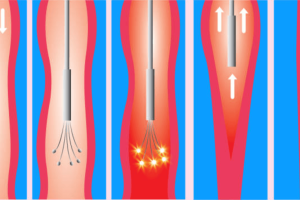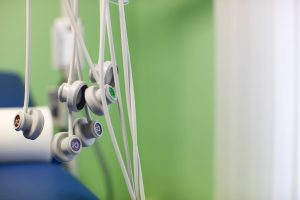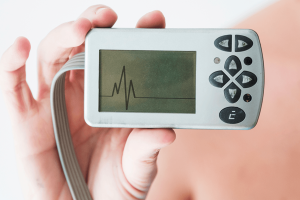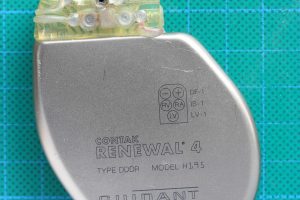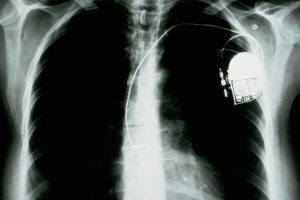The heart never takes a break. The heart is a strong muscle that never stops exercising, not for a minute. Every minute it needs blood, nourishment and oxygen. At Amarillo Heart Institute, we understand the importance of keeping your heart healthy and functioning at its best. We believe that a healthy heart is the foundation of a healthy life, and our goal is to provide you with all you need to achieve optimal heart health, a happier heart.
arrhythmia ablation: Atrial Fibrillation & Atrial Fluter
Atrial fibrillation (AF) and atrial flutter (AFL) are both types of cardiac arrhythmias, which are abnormal heart rhythms.
Atrial Fibrillation (af)
Atrial fibrillation (AF) is a condition where the heart’s upper chambers (atria) beat irregularly and rapidly, causing the heart to pump less efficiently. In AF, the electrical signals that control the heart’s rhythm become disorganized, causing the atria to quiver instead of contracting normally. This can lead to symptoms such as palpitations, shortness of breath, fatigue, chest pain, and dizziness. AF can also increase the risk of stroke, so it is important to manage this condition with medications, lifestyle changes, or procedures such as catheter ablation.
Atrial Fluter (AFL)
Atrial flutter (AFL) is a similar condition where the heart’s upper chambers beat too fast, but in a regular pattern. AFL is caused by an abnormal electrical circuit in the atria, which causes the electrical signals to loop around and create a fast, regular heartbeat. Like AF, AFL can also cause symptoms such as palpitations, shortness of breath, fatigue, and dizziness. AFL can also increase the risk of stroke, so it may require similar treatments to AF, such as medication or procedures.
Arrhythmia Ablation: Atrial fibrillation & atrial fluter
Arrhythmia ablation is a minimally invasive procedure used to treat certain types of arrhythmias, including atrial fibrillation (AF) and atrial flutter (AFL). During the procedure, a catheter is inserted into the heart through a small incision in the groin or neck, and radiofrequency energy is used to destroy the small areas of heart tissue that are causing the abnormal heart rhythms.
Atrial Fibrillation (af) ablation
AF ablation is a minimally invasive procedure that is used to treat AF, which is an irregular and often rapid heartbeat that can cause symptoms such as palpitations, shortness of breath, fatigue, and dizziness. During the procedure, a catheter is inserted through a small incision in the groin or neck and guided to the heart, where it delivers energy to destroy small areas of heart tissue that are causing the abnormal heart rhythm.
The most common type of AF ablation is pulmonary vein isolation (PVI), which targets the pulmonary veins, which are the main sources of abnormal electrical signals that trigger AF. The goal of PVI is to create a barrier of scar tissue around the pulmonary veins, which blocks the abnormal electrical signals and restores normal heart rhythm.
In some cases, additional areas of the heart may also be targeted during AF ablation, such as the left atrial roof, the posterior wall of the left atrium, or the ganglionated plexi.
Atrial Fluter (AFL) ABLATION
AFL ablation is a similar procedure that is used to treat AFL, which is a rapid and regular heartbeat that originates in the atria. During the procedure, a catheter is inserted through a small incision in the groin or neck and guided to the heart, where it delivers energy to destroy small areas of heart tissue that are causing the abnormal heart rhythm.
The areas of the heart that are targeted during AFL ablation may depend on the location of the abnormal electrical circuit that is causing the arrhythmia. For example, the cavotricuspid isthmus or the mitral isthmus may be targeted.
Both AF and AFL ablation are typically performed by a cardiologist or electrophysiologist who specializes in heart rhythm disorders. The decision to undergo ablation should be made in consultation with a healthcare provider, and the risks and benefits of the procedure should be carefully considered for each individual patient.



